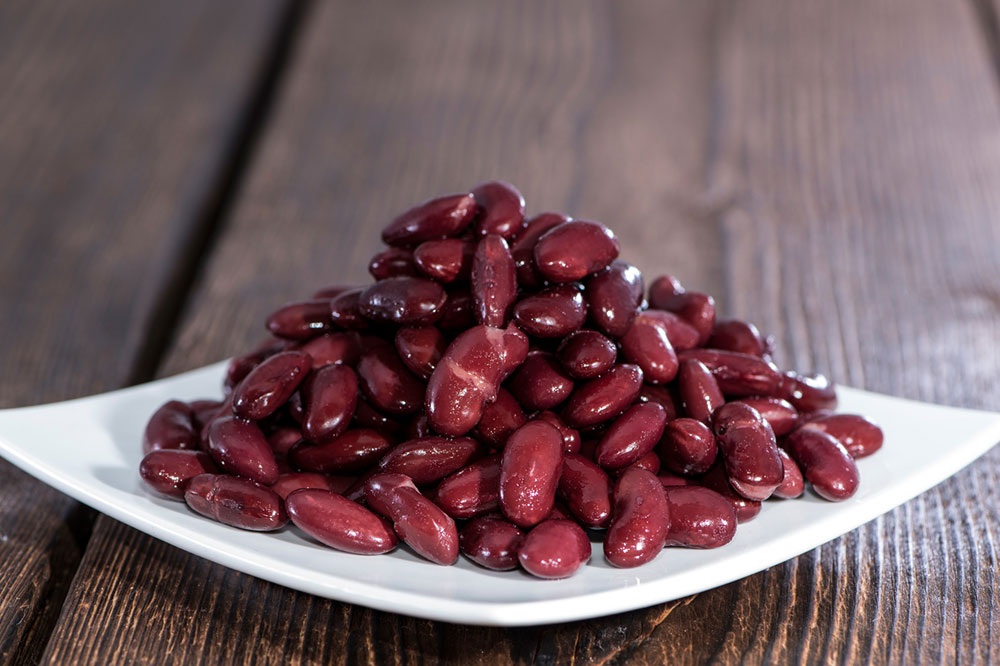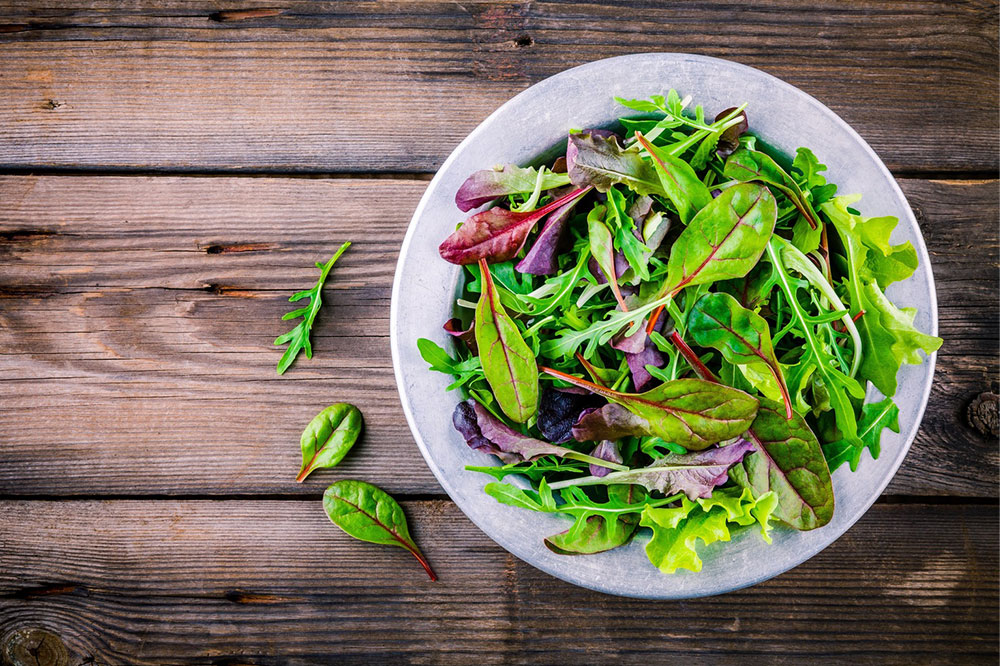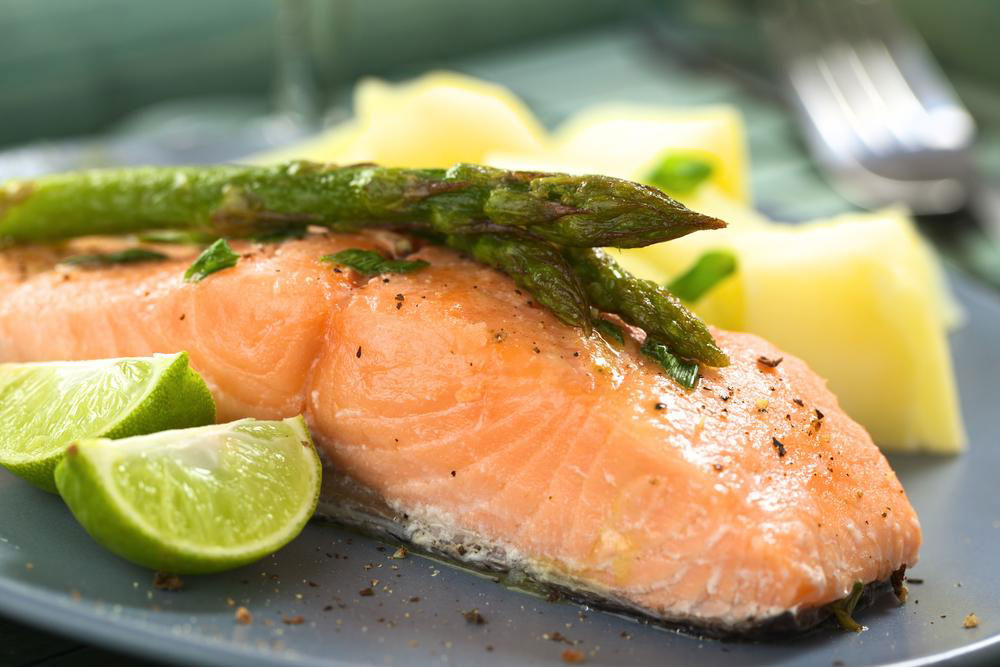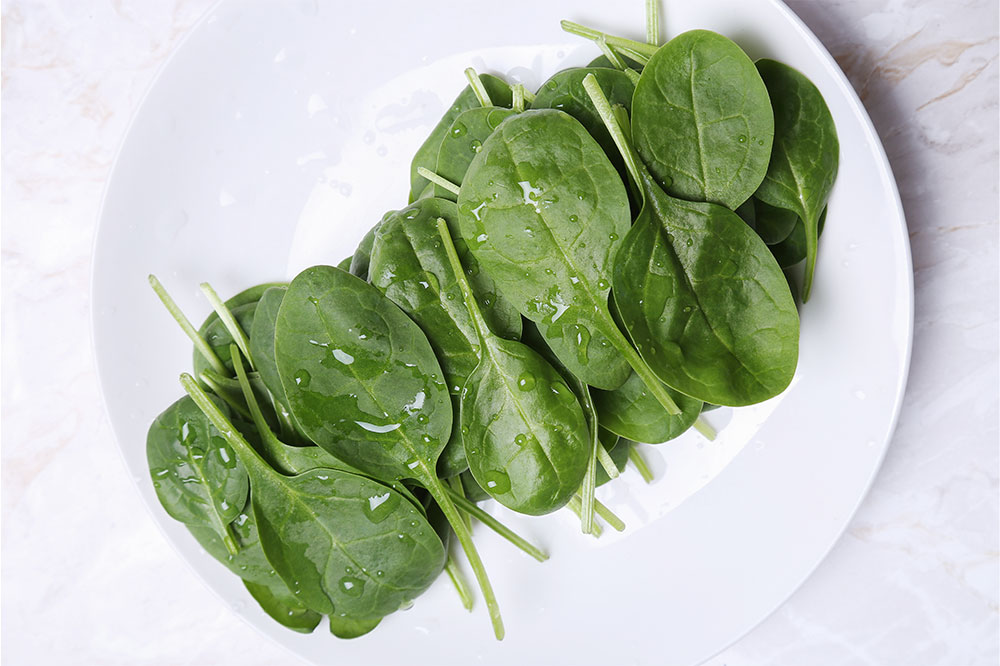Essential Nutritional Tips for Managing Sickle Cell Disease
This article highlights key dietary strategies for individuals with sickle cell disease, emphasizing iron-rich foods, seafood, legumes, and greens to support blood health. Proper nutrition can help manage symptoms and improve quality of life for patients. Always seek professional medical advice for personalized care.
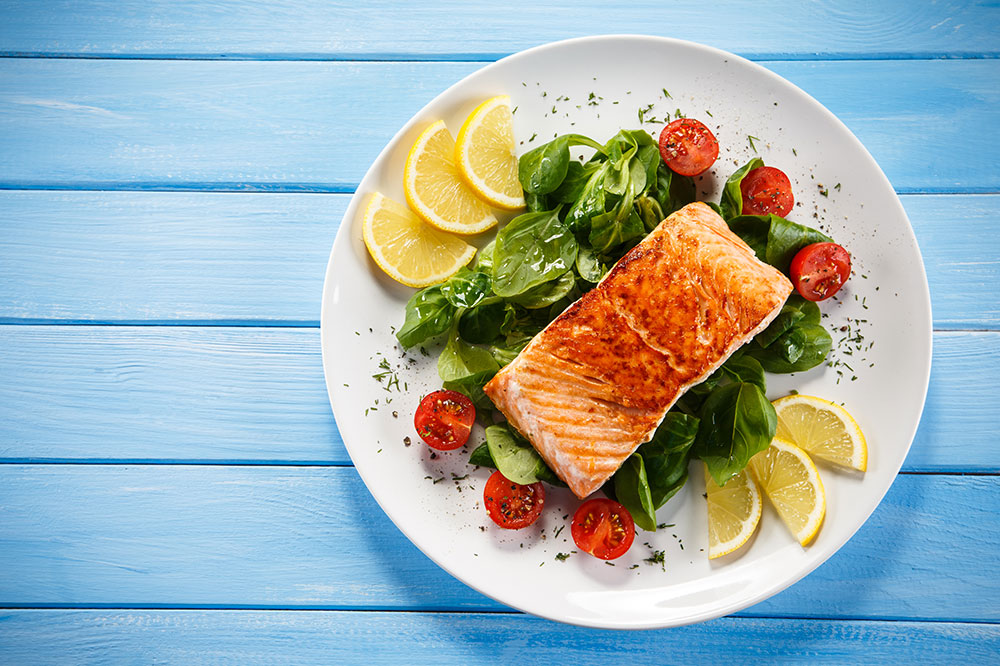
Essential Nutritional Tips for Managing Sickle Cell Disease
Sickle cell disease is a hereditary blood disorder characterized by abnormal hemoglobin, leading to rigid and sickle-shaped red blood cells. This condition decreases oxygen delivery throughout the body and can cause complications. Proper nutrition plays a vital role in supporting patients' health and managing symptoms. Incorporating certain foods can help boost iron levels, enhance blood health, and provide essential nutrients. Below are some dietary recommendations for individuals with sickle cell disease.
Organ Meats
Non-vegetarian options such as liver and kidney are rich in heme iron, which the body absorbs efficiently. These foods help increase iron levels but should be eaten in moderation due to their high cholesterol content.
Foods fortified with minerals and vitamins can supplement nutritional needs. Fortified cereals often contain added iron, zinc, calcium, and fiber—making them an excellent breakfast choice for anemia management. Seek options low in added sugars for better health benefits.
Seafood
Seafood like oysters, mussels, shrimp, and clams are nutrient-dense, offering zinc and vitamin B12, which support blood cell production. Fish varieties such as salmon and mackerel also contribute healthy omega-3 fats and nutrients beneficial for sickle cell patients.
Legumes
Chickpeas and soybeans are significant plant-based sources of iron and protein. A cup of cooked chickpeas provides around 5 mg of iron, suitable for boosting hemoglobin levels. They can be added to salads, wraps, or enjoyed as hummus, alongside other dishes.
Leafy Greens
Spinach is a popular source of iron, folic acid, and other vital nutrients like calcium and vitamins A and K. Combining spinach with a splash of lemon enhances iron absorption, supporting overall health in sickle cell patients.

